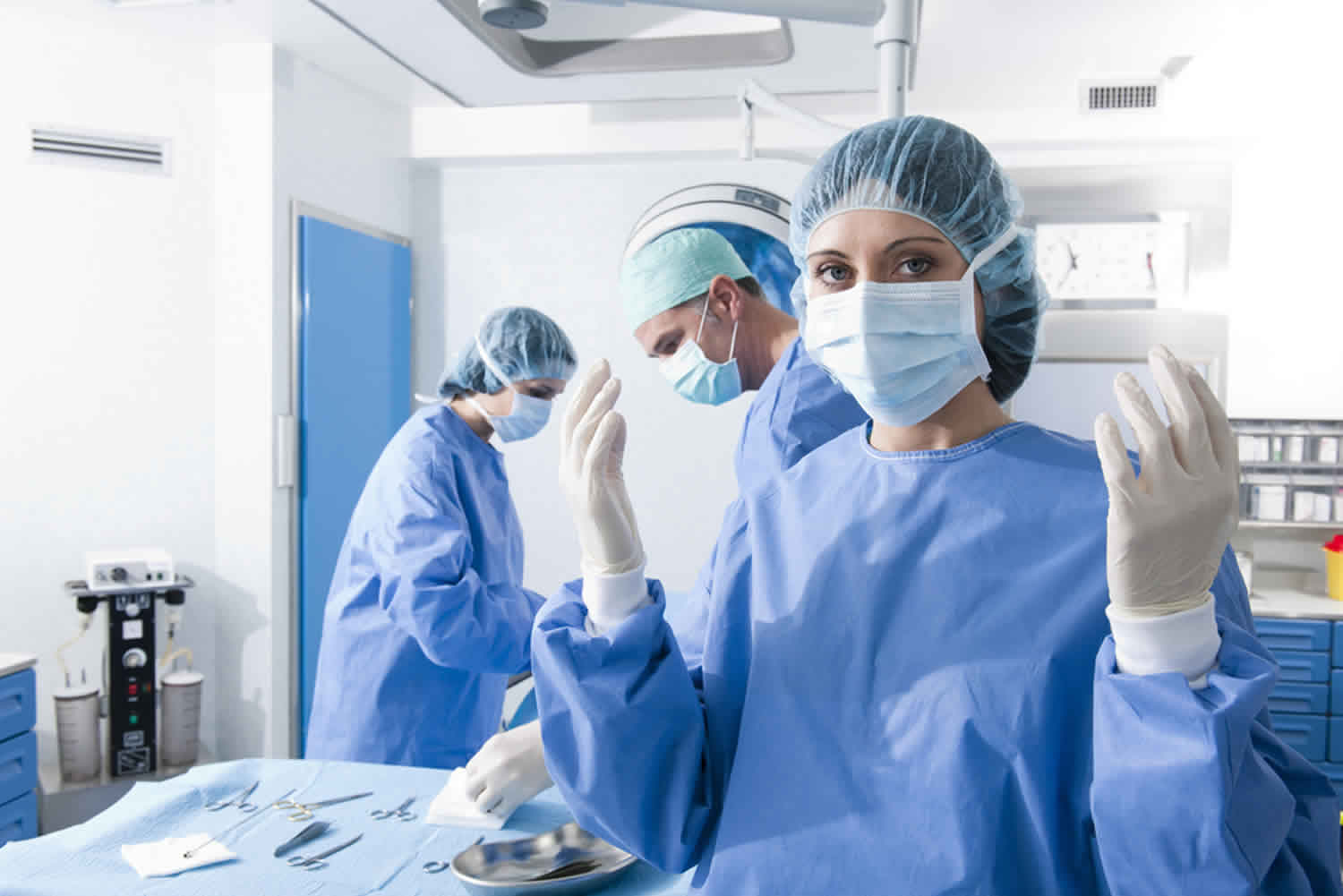Aseptic techniques are an essential part of medical practice and are used to prevent the spread of infection. They involve the use of sterile equipment, materials and techniques to maintain a clean and germ-free environment when dealing with open wounds, medical procedures and treatments.
The first step in the aseptic techniques is to ensure that all equipment and materials used are sterile. This involves using specialized techniques such as autoclaving, chemical sterilization and radiation sterilization to kill any microorganisms present. Autoclaving is the most common method used and involves using high temperatures and pressure to kill microbes.

Image Source: Google
The use of gowns and gloves is another important aspect of aseptic techniques. Gowns are typically made of a disposable material and are used to protect the skin and clothing of the medical personnel. Gloves must be changed between patients and should be removed and discarded after use.
Hand hygiene is essential for medical personnel in order to reduce the spread of infection. Hands should be washed with soap and water or an alcohol-based hand sanitizer before and after each patient. Gloves should also be worn when coming into contact with bodily fluids.
All instruments used during medical procedures must be properly cleaned and sterilized before each use to reduce the risk of infection. This involves using a detergent solution and hot water to remove any residual debris and then sterilizing the instruments using one of the methods mentioned above.
Medical waste should be disposed of properly in order to prevent the spread of infection. All waste should be placed in an appropriate receptacle and disposed of in accordance with local regulations.